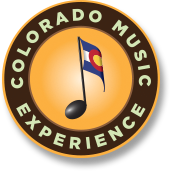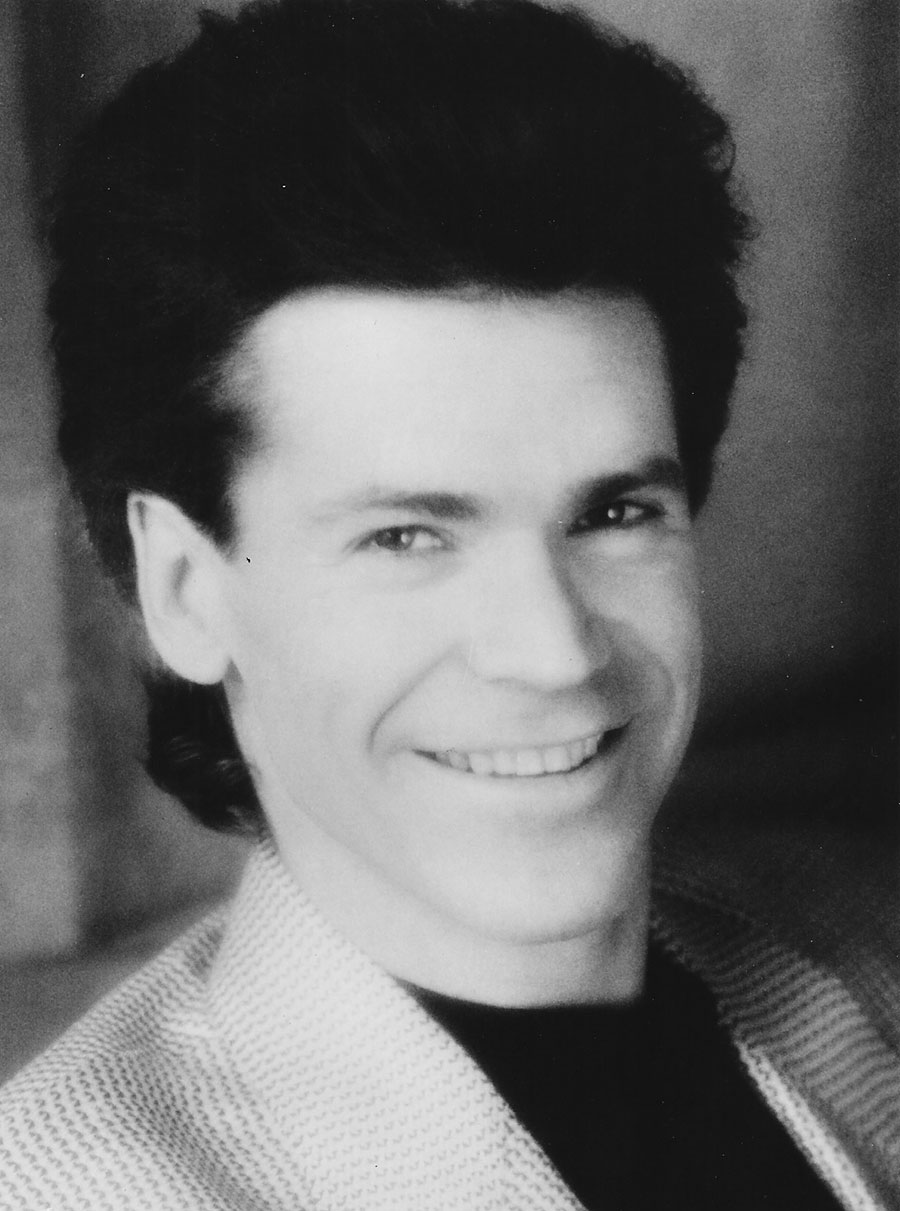The renowned saxophonist David Sanborn died on May 12, 2024, after an extended battle with prostate cancer. He was 78.
At the peak of his career in the late ’80s, Sanborn had topped the jazz charts consistently with his sophisticated blend of contemporary jazz and pop elements, winning his fifth Grammy (Best Pop Instrumental Performance) for 1988’s Close-up. On television, he was co-host of Sunday Night, NBC-TV’s critically acclaimed late-night alternative music series. On radio, he hosted his own weekly national broadcast, The Jazz Show with David Sanborn.
And he was on tour, including performances at Denver’s Red Rocks Amphitheatre in 1987 and Fiddler’s Green Amphitheater in 1989. “My business is playing,” he said. “I just like being on the road in this country. It’s energizing.”
Sanborn’s passion with the alto saxophone went back to his childhood, but many people forgot that he started out as a rocker. He played with Paul Butterfield in the late ’60s before earning recognition from the musical establishment by recording and touring with Stevie Wonder (the Talking Book album), David Bowie (“Young Americans”) James Taylor (the solo on the hit “How Sweet It Is [To Be Loved by You]”), Bruce Springsteen, Paul Simon, the Rolling Stones, the Eagles and Dan Fogelberg, among other iconic stars.
“Now I don’t do those sessions very much anymore—I got tired,” he said. “As a soloist, you’re fulfilling someone else’s idea of what you’re supposed to sound like. Very rarely will they let you just blow. Afterwards in the studio, they can drastically alter what you’ve done and change the impact of what you played. It gets to be a drag. I don’t know how much of my past my audience is aware of. Actually, a lot of people only know me from the David Letterman show.”
Sanborn brought his virtuosity into millions of living rooms via a regular guest slot with the studio band on NBC-TV’s Late Night with David Letterman. “It’s not an easy gig,” he said. “Paul (Schafer, the bandleader) calls out those tunes off the top of his head—‘Rumble’ in the key of C—and boom, you have to know it. You develop the ability to play a tune you’ve only heard once in your life.”
The prolific Sanborn had to deal with his dismissal by jazz purists. “They have an ax to grind and I’m an easy target—‘This guy is masquerading as a jazz artist,’” he fumed. “I never called myself a jazz musician. I don’t happen to think I’m a real innovator. What I play is a synthesis of different styles I’ve heard over the years. Some of it comes from jazz, but most of it comes from R&B. I’ve played in enough idioms to have the respect of the people I work with.”


